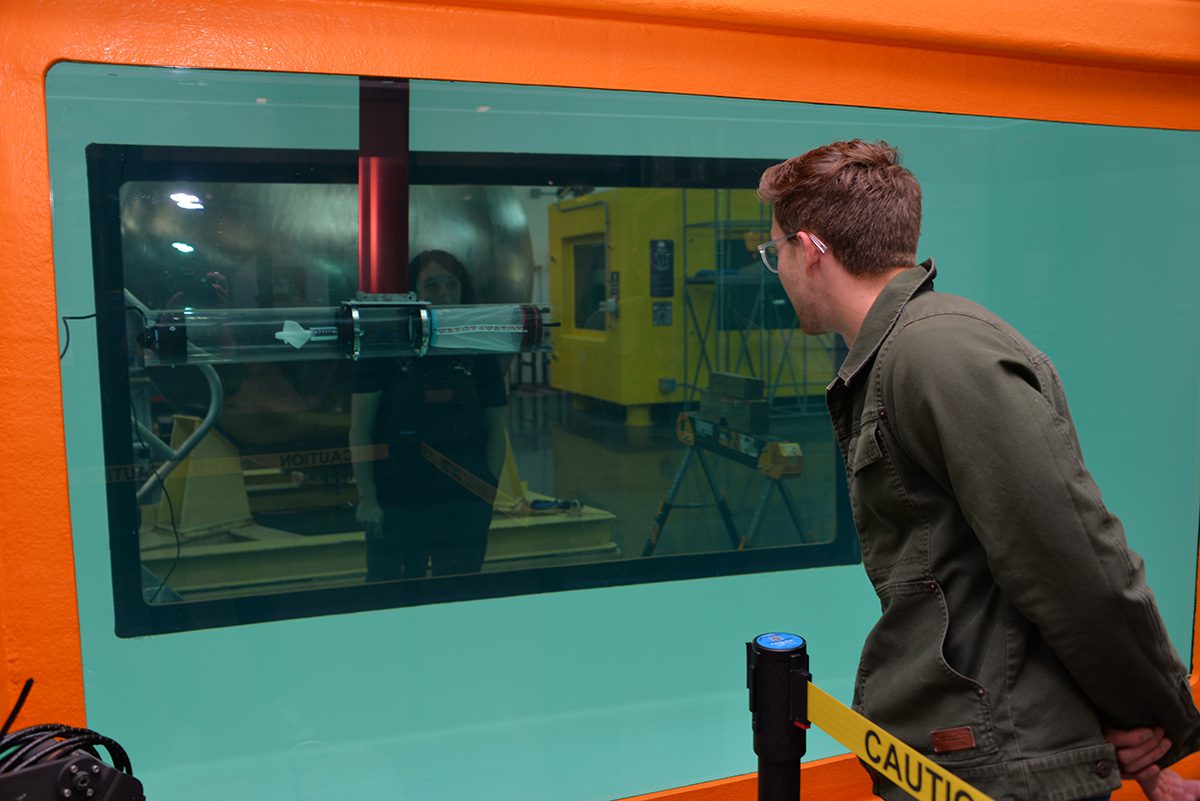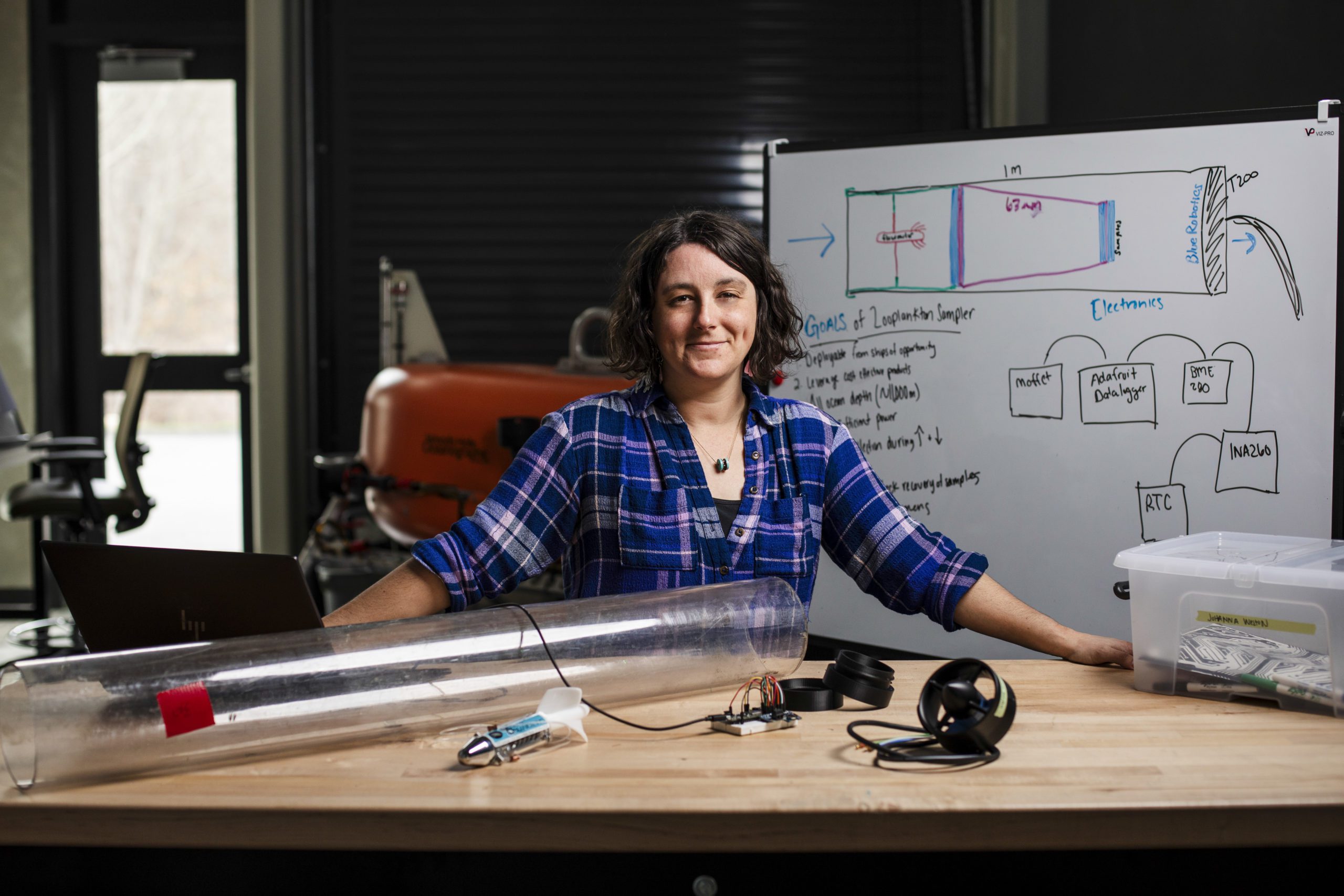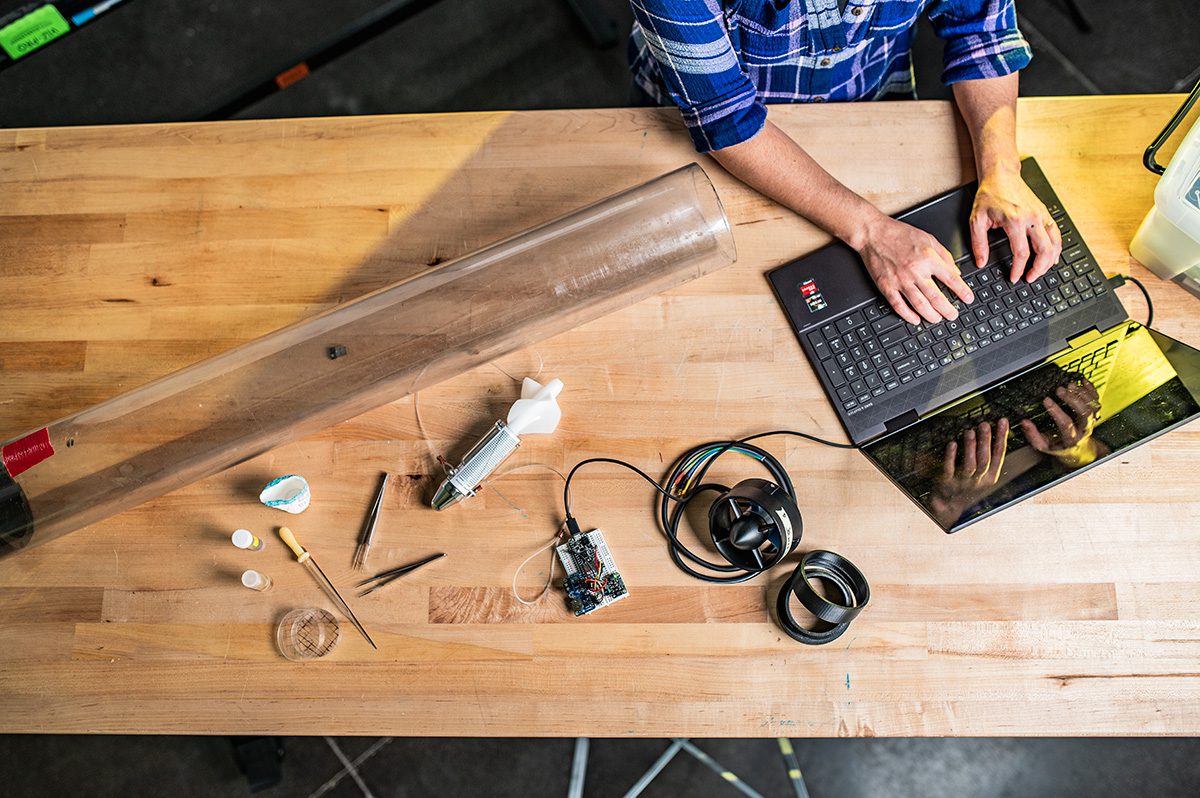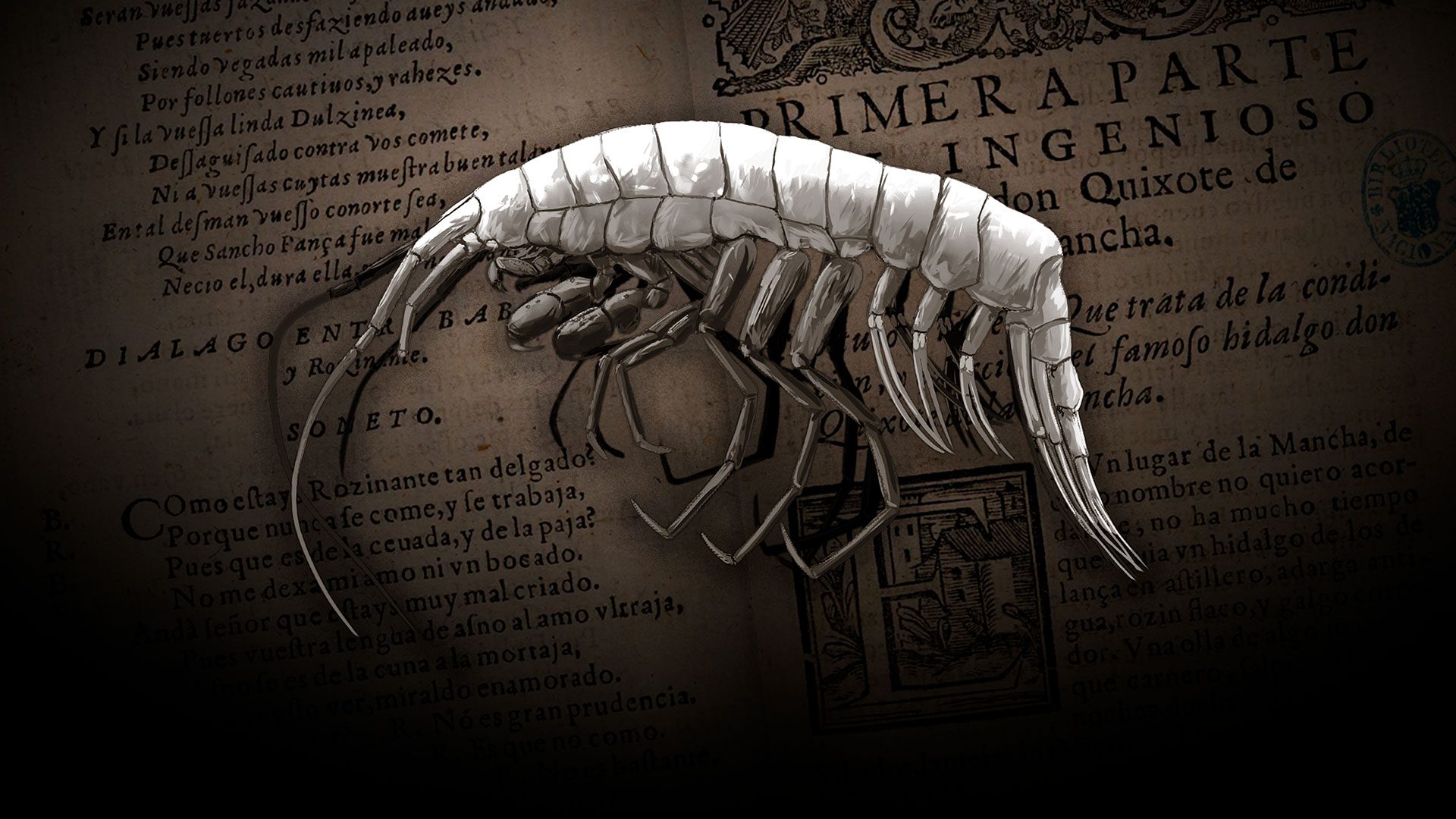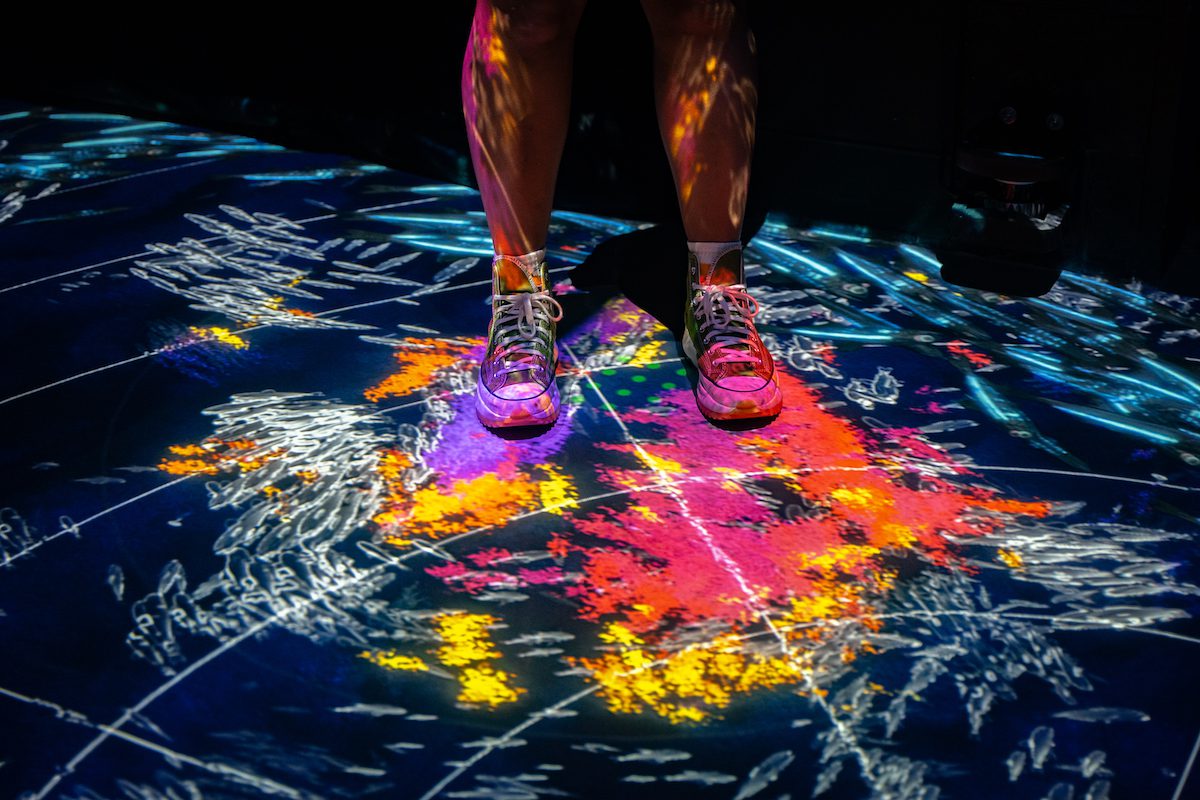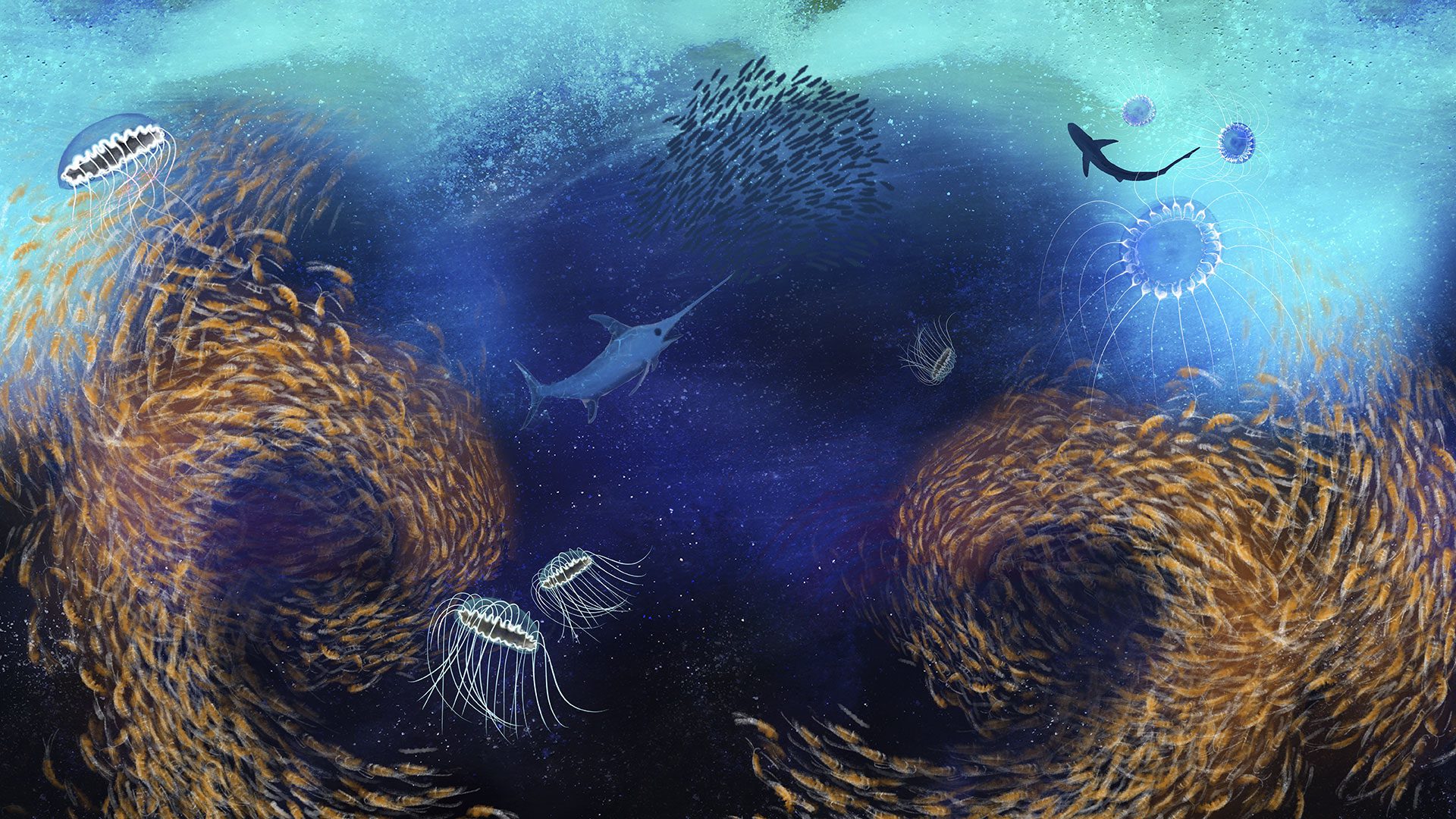A new way to discover life in the ocean’s hadal zone
WHOI biologist Johanna Weston develops a novel tool to catch and study life in the ocean’s most extreme depths
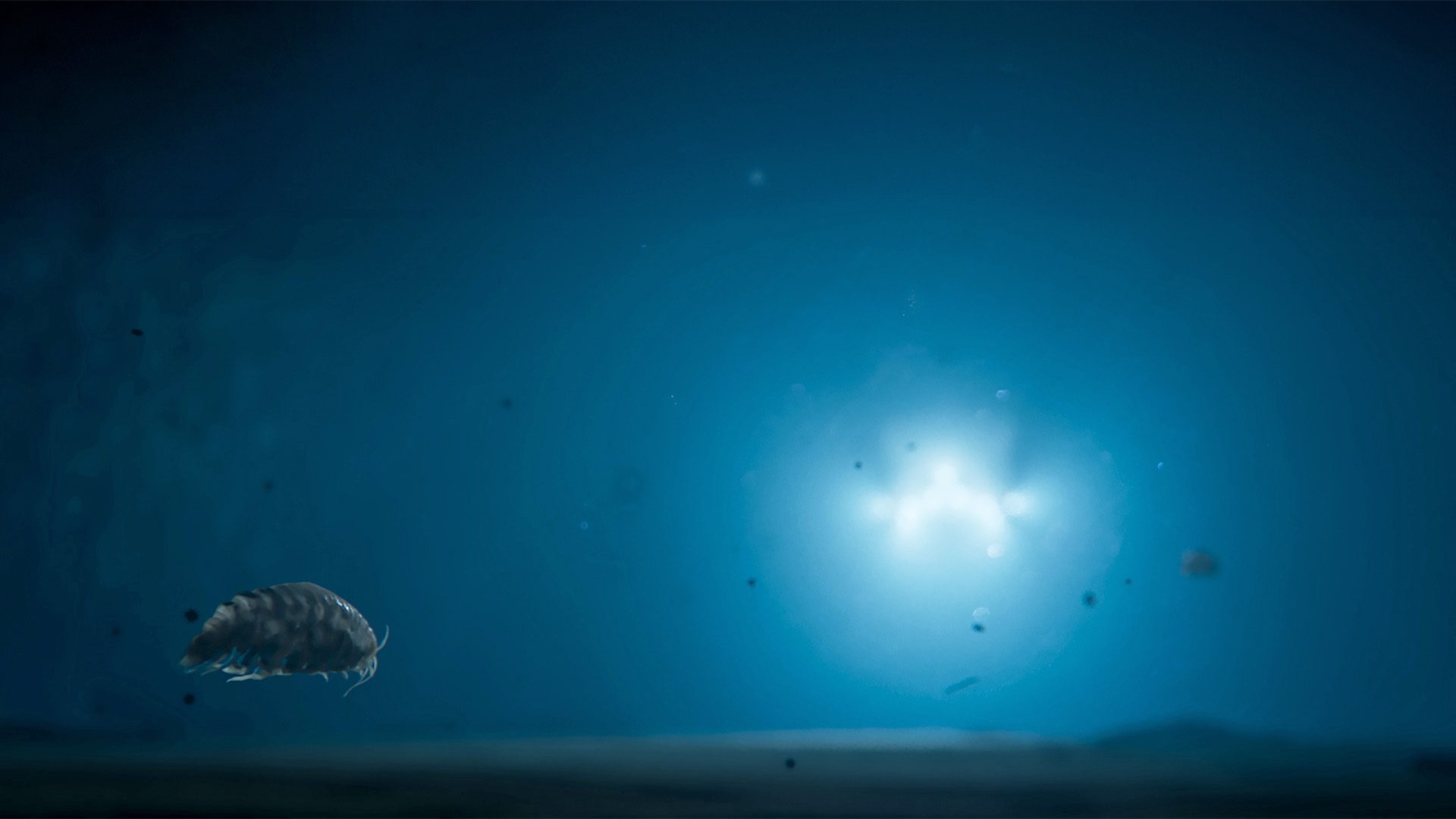
Estimated reading time: 3 minutes
If we want to learn more about the limits of life in our solar system, the ocean’s deep trenches and troughs are a great place to start. Known as the hadal zone, a depth ranging from 6,000 meters (19,000 feet) and deeper, this ecosystem is home to animal life that is specially adapted to crushing pressure, inky blackness, and island-like habitats. Every species scientists find can tell us more about where to look for life beyond our planet. We just need to catch more of them. That’s where Johanna Weston comes in.
As a deep-sea biologist and WHOI postdoctoral scholar, it’s Weston’s job to identify and study animals living at extreme depths. In just the last five years, she’s discovered four new species of shrimp-like creatures called amphipods, mainly by using baited traps that lure in opportunistic scavengers. But to find other kinds of life, she says she’ll have to come up with a new method of capturing species.
“Using baited traps, we collect hundreds of amphipods and maybe one fish,” said Weston. “I’m trying to solve the issue of collecting different animals and life stages to learn more about this ecosystem.”
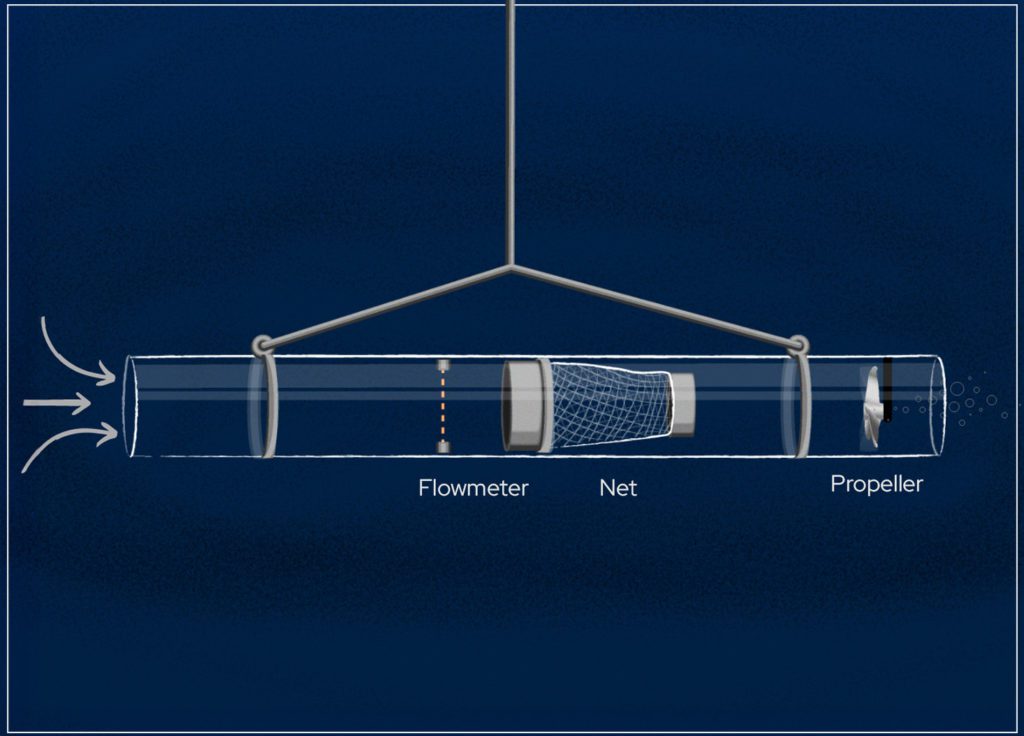
A rendering of Weston's new hadal sampler design (Illustration by Natalie Renier, © Woods Hole Oceanographic Institution)
To this end, she’s designing a new, vacuum-powered sampler at WHOI’s Ocean Innovation Hub in the George and Wendy David Center, known as AVAST (short for Autonomous Vehicles and Sensor Technologies center). The sampler will actively draw in passing marine life at depth in a similar way to that of another suction-based tool called the McClane Pump—a device WHOI researchers use to collect larvae at shallower but still extreme ecosystems, like hydrothermal vents. The new hadal sampler would be the first rated for much deeper missions, while integrating cost-effective materials including a small electric motor and computer, a flowmeter to measure the rate of suction, a thruster to draw water through a fine mesh net capped off by a 3D-printed tail, and a titanium frame to safely house the electronics and battery.
“A part of this long-term vision is that the housing can be a lot smaller and cheaper as it’s basically a net in a tube,” Weston said.
Weston and her post-doctoral advisor, Kirstin Meyer-Kaiser, aim to field-test a prototype design this year. If it works, they could start catching larval and small, juvenile-stage cephalopods, crabs, and snails. Collecting these animals could also give scientists insights into how humans are impacting this mysterious ecosystem.
“These organisms have been adapted for millions of years to a precise set of environmental conditions,” Weston said. “But now there’s a question about how climate change (and pollution) could be affecting the deep ocean.”
In 2020, Weston and her then-PhD supervisor, Alan Jamieson, discovered a new species of amphipod nearly 7,000 meters (22,965 feet) deep in the Mariana Trench in the western Pacific. After analyzing its gut contents, they were surprised to find a plastic microfiber and decided to name the organism Eurythenes plasticus to raise awareness of the ubiquity of marine plastic pollution. The discovery was later championed by the World Wildlife Fund (WWF), which helped the passing of a United Nations resolution dedicated to ending plastic pollution in the ocean. A museum in Newcastle Upon Tyne, England dedicated a small exhibit to the creature, where visitors could examine a holographic rendering of the animal swimming. The discovery even won a Guinness World Record for "the first new species contaminated with plastic.”
The experience still looms large in Weston’s mind, leaving her with an essential question as she develops, and soon tests, the new sampler: If discovering one species tell us so much about life in the deep, what would discovering 100 more mean?
